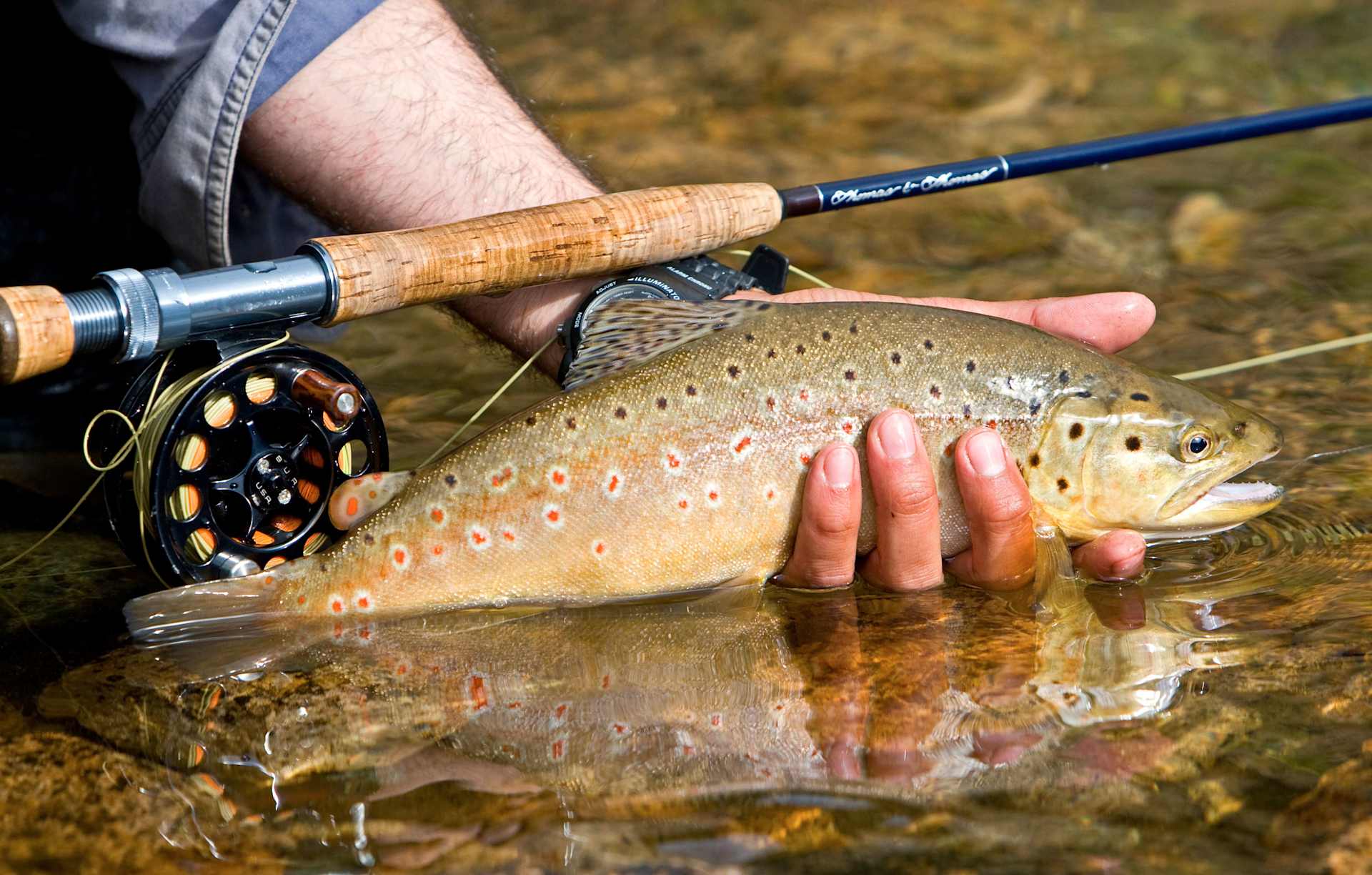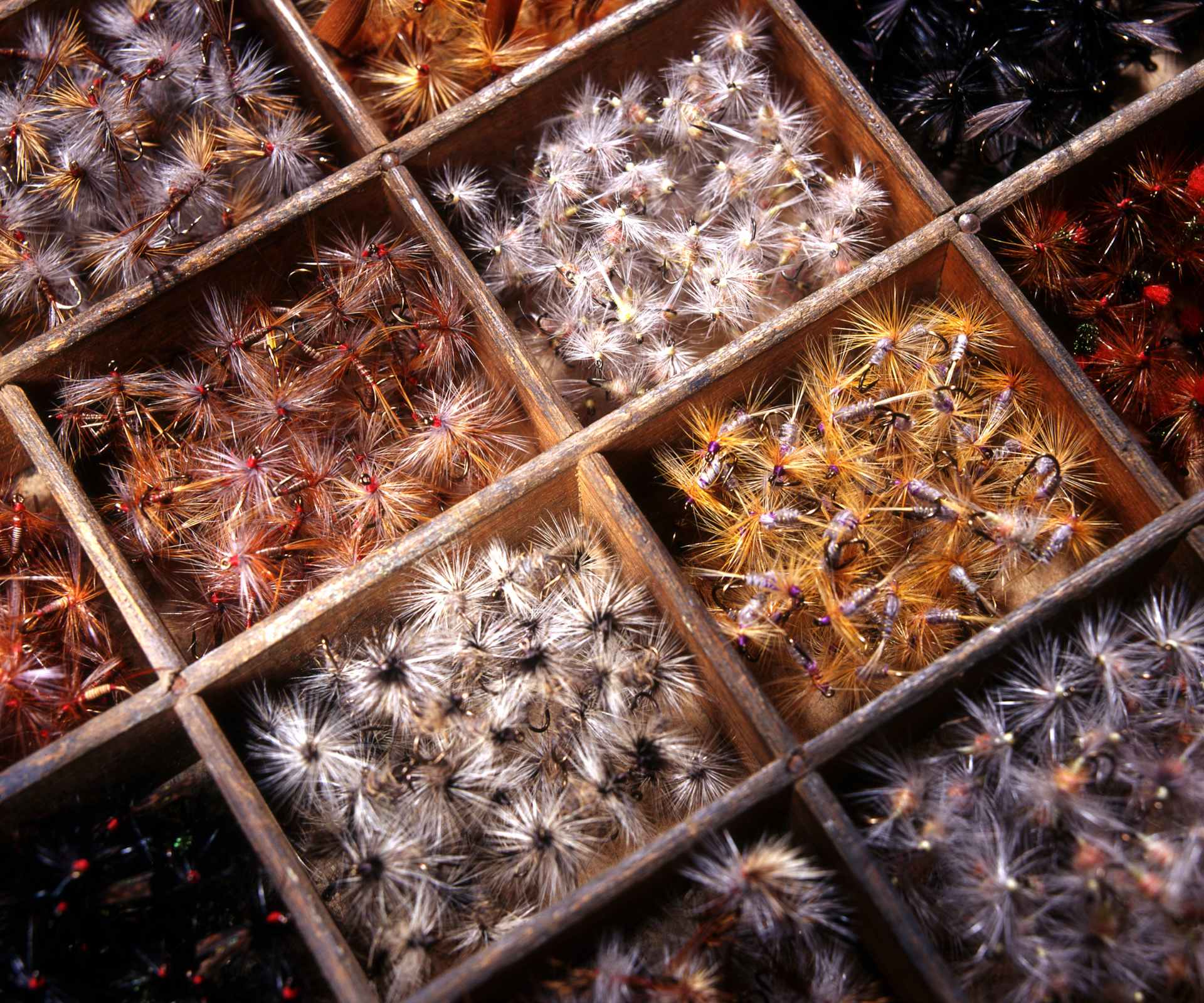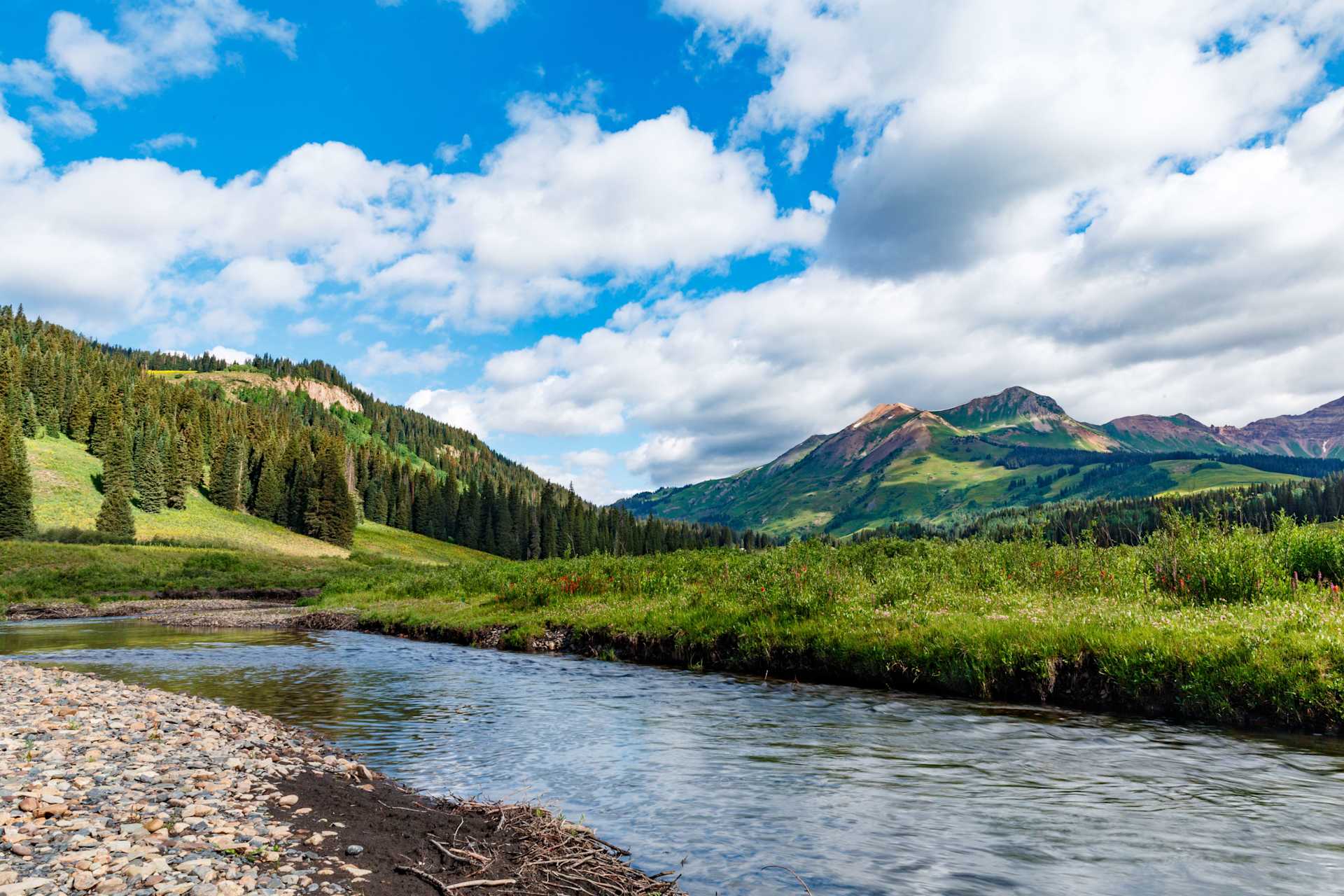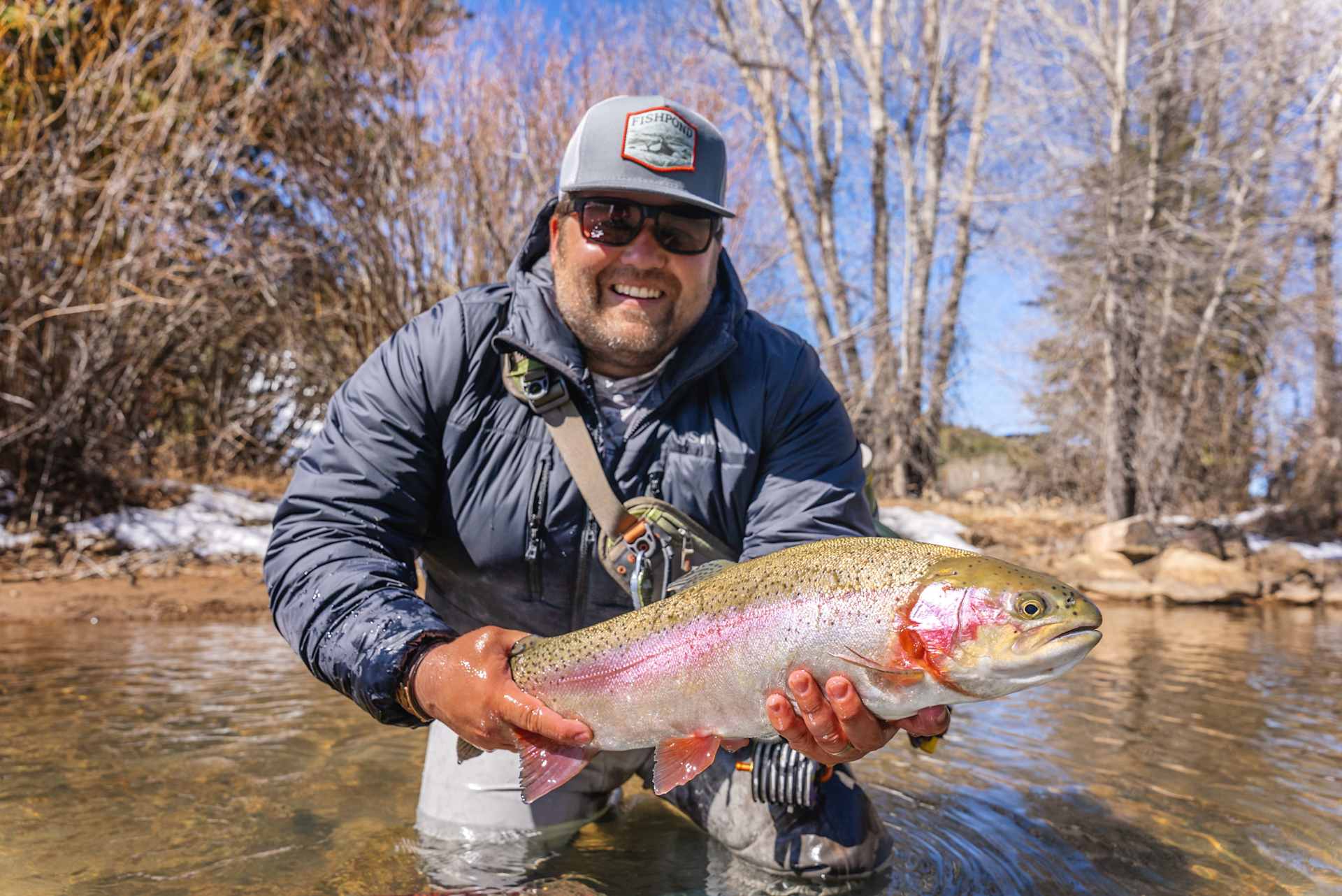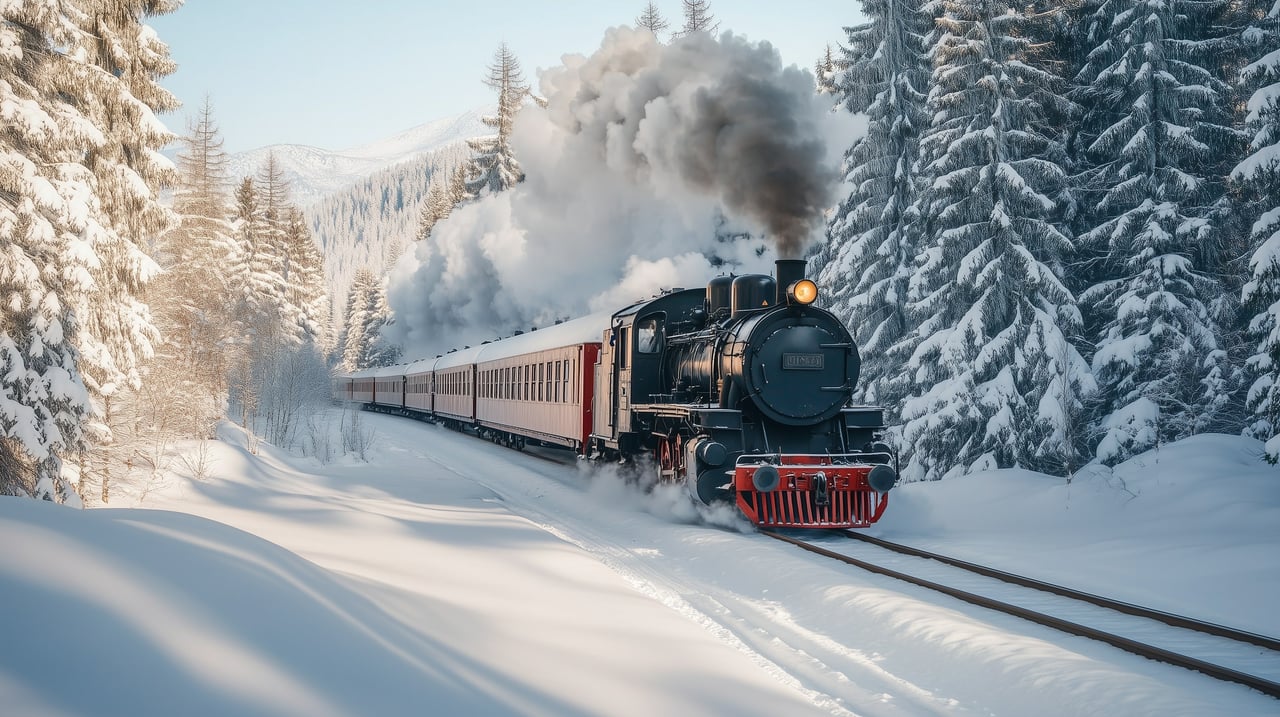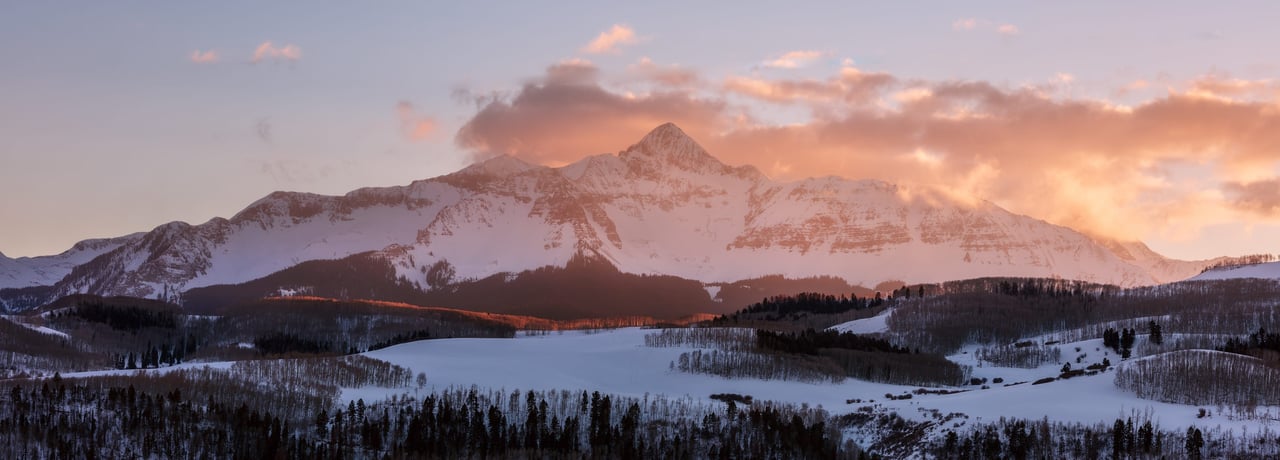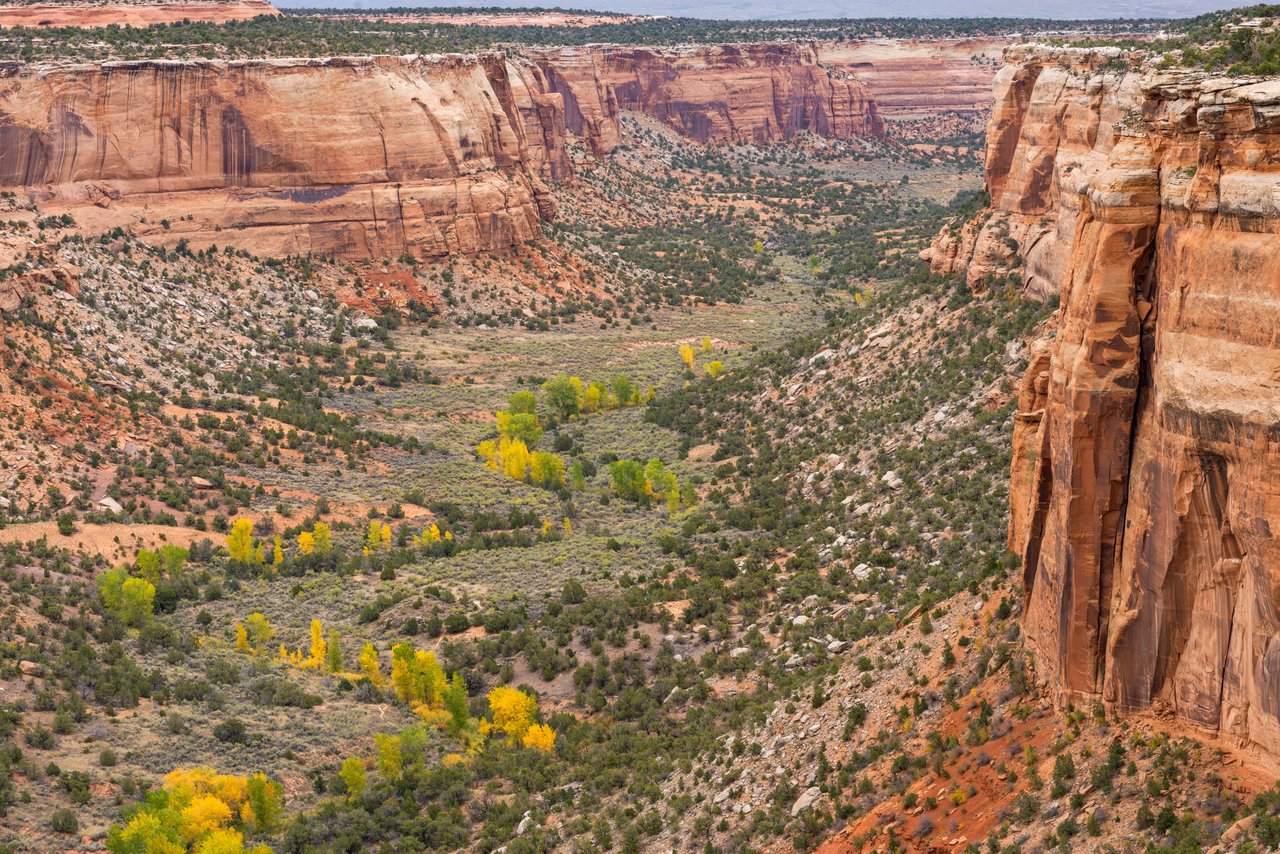Spring is here and fly fishing along the many rivers in Colorado is on most anglers' minds. The record setting snowy winter has set the stage for excellent water flows on rivers throughout the region. The abundant snowfall has saturated the soil and replenished much of the state's water supply, which will result in high water flows throughout the spring season. This spring runoff will result in an excellent environment for fly fishing, as it stirs up and flushes out the riverbeds, producing a surplus of food and nutrients for fish.
Colorado’s diverse ecosystem, with its abundance of rivers, streams, and lakes, provides a perfect environment for fly fishing. In the springtime as the weather warms up, the snowmelt from the Rocky Mountains causes the rivers to swell and waterways come alive with insect activity, providing an irresistible buffet for hungry fish and creating ideal conditions for fly fishing.
In this blog, we'll explore where to fly fish in Colorado, the types of fish you can target, bugs that are hatching, Gold Medal waters and why the designation is so important and why Colorado is one of the most unique fly fishing spots in the country.
Types of Fish
The types of species you can fly fish for in Colorado are varied and plentiful. Brown trout are the most common among anglers, and they can be found in almost every river and stream in the state. Brown’s are known for their aggressive behavior and hard-fighting abilities, making them a favorite among seasoned anglers. Rainbow trout are another popular species, and they are famous for their acrobatic jumps, fast runs and vibrant colors. Cutthroat trout, which are the state fish of Colorado, are highly prized by anglers for their beauty and rarity. Brook trout are the smallest of the four main trout species but are also the most colorful and can be found in the smaller mountain streams and creeks throughout the state. Other more rare trout species include greenback and tiger trout. Don’t forget about other fish that you may encounter in our many coldwater fisheries, including lake trout, mountain whitefish, razorback suckers, kokanee salmon and more.
The Spring Hatch
Knowing what bugs are hatching during each specific season is crucial for successful fly fishing in Colorado. By understanding the insect activity during the season, anglers can select the appropriate fly patterns and present them in a way that mimics the natural behavior of the insects. “Matching the hatch” is key to putting fish in the net, and anglers who are knowledgeable about insect activity, or entomology, can significantly increase their chances of success on the water. Additionally, being aware of the insects that are hatching can also provide valuable information about the overall health of the river or stream, as some species are sensitive to environmental changes and may not hatch if water conditions or temperatures are poor.
Colorado has a deep history with fly fishing, and many of the fly patterns used today were developed in Colorado. The most common insects that hatch in Colorado during the spring are caddisflies, mayflies, and stoneflies. Caddisflies are the most abundant and can be found in almost every river and stream in the state. They hatch in the late afternoon and evening and are a favorite food source for trout. Mayflies hatch during the day and can be found in slower-moving water. They are a bit harder to imitate with a fly, but they can be very effective if you get it right. Stoneflies are the largest of the three insects and can be found in the larger rivers and streams. They are a favorite food source for larger fish and can produce some of the best fishing of the year.
Fly Fishing Colorado’s Rivers
Colorado is unique for fly fishing because of its abundance of rivers and streams, its variety of fish species, and its stunning scenery. The state is home to over 6,000 miles of fishable water, which means that there is no shortage of places to fish.
Colorado River
The Colorado River is one of the most famous rivers in the state and runs through some of the most beautiful scenery in the country. It is a large and complex river system that flows through multiple states, providing ample opportunity for anglers to target a variety of fish species, including brown trout, rainbow trout, and cutthroat trout. It is also known for its excellent caddisfly hatches.
Arkansas River
The Arkansas River is known for its Gold Medal waters and abundant insect life, which attract large numbers of trout, particularly brown and rainbow trout. It is known for its excellent stonefly hatches and is a favorite among local anglers.
South Platte River
The South Platte River is also designated as Gold Medal waters, and its proximity to Denver makes it a convenient destination for urban anglers. It is a tailwater fishery, which means that it flows below a dam, and the water temperature remains consistent throughout the year. This makes it an excellent option for springtime fishing, and it is known for its large rainbow and brown trout. In addition to trout, the South Platte River also holds populations of warm-water species like smallmouth bass and walleye.
Roaring Fork River
Roaring Fork River is a tributary of the Colorado River, approximately 70 miles long, in west central Colorado. It is known for its large rainbow and brown trout, and during the winter months has a reputation for harboring some of the largest whitefish in the state.
All Four of these rivers are known for their scenic beauty and challenging fishing conditions, making them ideal for both experienced and novice anglers alike. With 6,000+ miles of fishable water in the state, there are many rivers and small streams to explore.
Gold Medal Waters of Colorado
Colorado is home to some of the most coveted fishing waters in the United States, known as "Gold Medal Waters." This designation is awarded to waterways that meet specific criteria set forth by Colorado Parks and Wildlife. To qualify, a river or stream must have a minimum of 60 pounds of trout per acre, at least 12 inches in length. The water must also provide anglers with the opportunity to catch a significant number of large trout.
Achieving Gold Medal status is a significant achievement, and it speaks to the exceptional quality of the fishing in these waters. Some of the rivers and streams that have earned this distinction include the South Platte River below Spinney Mountain Reservoir, the Roaring Fork River, and the Fryingpan River.
The Colorado Parks and Wildlife Commission recently welcomed the Gunnison and Taylor Rivers as the newest Gold Medal trout fisheries in the state. The stretches approved include 20 miles of the Taylor River below Taylor Park Reservoir and 12.5 miles of the Gunnison River starting west of the town of Gunnison at Twin Bridges extending up to the town of Almont.
The designation is highly impactful, as it attracts anglers from all over the world and helps to promote responsible fishing practices and conservation efforts. It also contributes to the local economy, as visitors come to the area to experience some of the best fishing Colorado has to offer.
Doing our Part: Protecting Colorado’s Rivers and Streams
Water quality is a crucial factor in the success of fly fishing in Colorado. Clean, healthy water is essential for the survival and growth of fish populations, as well as the insects they feed on. Pollution, runoff, and other environmental factors can all impact the quality of the water, and in turn, the health of the fish.
In Colorado, the state's Division of Parks and Wildlife monitors the water quality of rivers and streams to ensure that they meet certain standards. This includes testing for pH levels, dissolved oxygen, and other key indicators of water quality.
Anglers can also do their part to minimize the impact on fish populations such as:
Practice catch and release
Catch and release is a vital part of responsible fishing, as it helps to ensure that fish populations remain healthy and sustainable. When you catch a fish, handle it carefully and release it quickly to minimize its stress and maximize its chances of survival.
Follow fishing regulations
Fishing regulations are in place to protect fish populations and ensure that the sport remains sustainable. Make sure you are familiar with the rules and regulations in the area you are fishing, including bag limits, size limits, and catch-and-release policies.
Respect private property
Many rivers and streams in Colorado flow through private property. Respect the rights of landowners and be sure to obtain permission before accessing private land to fish.
Pack out what you pack in
Litter can have a significant impact on the environment and the fish that live in it. Make sure you pack out any trash or other debris you bring with you, and leave the area cleaner than you found it.
Join a conservation group
There are many conservation organizations in Colorado that work to protect fish and their habitats. Personally, I would recommend Denver Trout Unlimited, a nonprofit dedicated to conservation efforts on the South Platte River in Denver, CO. Currently, I serve as the Chapter President and would welcome a conversation with anyone that is interested in discussing Colorado’s and Denver’s conservation efforts or angling across the state.
By maintaining healthy water quality, we can help to ensure that fishing in Colorado, a bucket list item for many anglers, remains a sustainable and enjoyable activity for generations to come.
If you are interested in learning more about off the beaten path fly fishing areas, conservation efforts, getting involved in Denver Trout Unlimited, or just need a friend to fish with, reach out to me! I am passionate about angling and water conservation in the state and would love to discuss with you or get out on a river.


